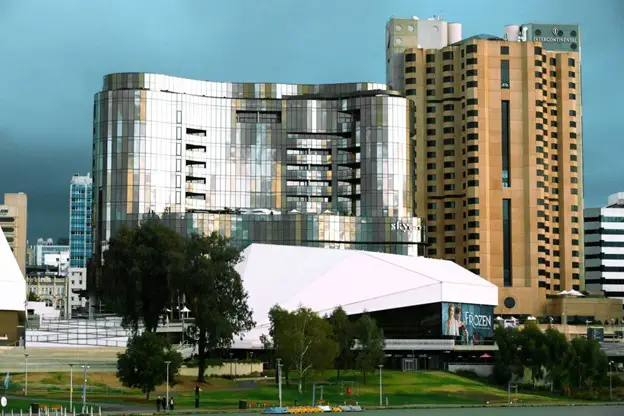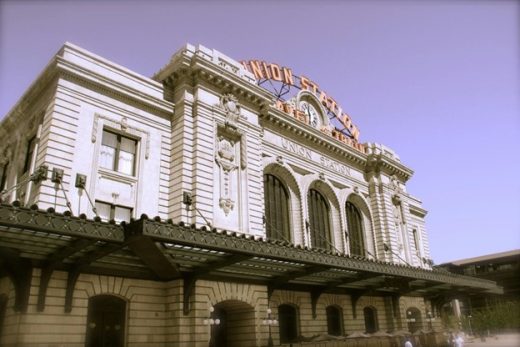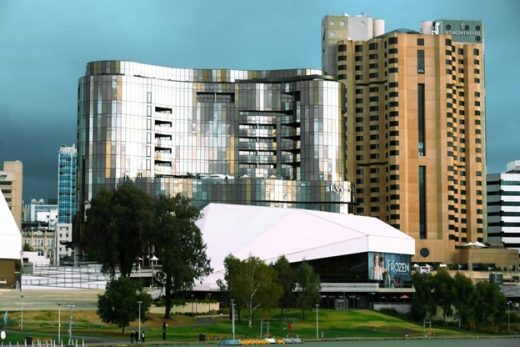Why exterior maintenance is crucial for commercial structures, Smart strategies for selling your home at the right price
Why Exterior Maintenance is Crucial for Commercial Structures
21 June 2024
The exterior of a commercial structure serves as its first impression, reflecting the overall image and professionalism of the business. Neglecting exterior maintenance can lead to a range of issues, from aesthetic concerns to structural deterioration, impacting the safety, functionality, and reputation of the building. In this blog post, we will delve into why exterior maintenance is crucial for commercial structures, exploring the benefits it brings and the risks associated with neglect.
The Importance of Proper Installation in New Roofing Projects
When it comes to installing a new roof, the importance of proper installation cannot be overstated. A well-installed roof not only enhances the aesthetics of a building but also provides crucial protection against the elements. From ensuring the correct alignment of roofing materials to implementing industry-standard techniques, every step in the installation process contributes to the longevity and performance of the roof. This is particularly crucial in the installation of commercial roofs, where the scale and complexity of the project demand meticulous attention to detail. It also requires adherence to quality standards.
Preserving Curb Appeal and Brand Image
Curb appeal plays a significant role in attracting customers and creating a positive perception of a business. A well-maintained exterior, including clean facades, well-kept landscaping, and inviting entryways, enhances the overall aesthetics of the property. It reflects attention to detail, professionalism, and a commitment to quality, which can instill trust and confidence in potential clients and visitors. Consistent exterior maintenance helps businesses maintain a strong brand image and make a lasting first impression.
Extending the Lifespan of Building Materials
Regular exterior maintenance, such as cleaning, painting, and sealing, can significantly extend the lifespan of building materials. Exposure to environmental elements like UV rays, moisture, pollution, and harsh weather conditions can cause gradual deterioration of exterior surfaces. Proper maintenance protects against corrosion, rot, rust, and other forms of damage, preserving the integrity of materials like wood, metal, concrete, and masonry. This proactive approach reduces the need for costly repairs or premature replacements, saving businesses both time and money in the long run.
Preventing Structural Damage and Safety Hazards
Neglected exterior elements can lead to structural issues that compromise the safety and stability of a commercial building. For instance, damaged or deteriorating roofing, siding, windows, and doors can allow water infiltration, leading to mold growth, rot, and weakened structural components. Cracks, gaps, and leaks in the building envelope can also result in energy inefficiency and increased utility costs. Regular inspections and maintenance help identify and address potential issues early, preventing more extensive damage and mitigating safety hazards.
Compliance with Building Codes and Regulations
Maintaining the exterior of a commercial structure is not just about aesthetics and functionality; it also involves compliance with building codes and regulations. Local ordinances and industry standards often mandate certain maintenance practices to ensure the safety, accessibility, and environmental impact of commercial properties. This includes requirements for fire safety, accessibility for persons with disabilities, signage, and maintenance of exterior elements like parking lots, sidewalks, and landscaping. Adhering to these regulations not only avoids penalties but also promotes a safe and inclusive environment for employees, customers, and visitors.
Enhancing Energy Efficiency and Sustainability
Exterior maintenance plays a role in improving energy efficiency and promoting sustainability in commercial buildings. Upgrading insulation, sealing air leaks, and maintaining HVAC systems contribute to reduced energy consumption and lower utility bills. Properly functioning exterior elements such as windows, doors, and roofing also play a crucial role in thermal performance and indoor comfort. Additionally, sustainable landscaping practices, such as water-efficient irrigation and native plantings, can enhance the environmental footprint of a commercial property.
Improving Tenant Satisfaction and Retention
For commercial properties with tenants, exterior maintenance directly impacts tenant satisfaction and retention. A well-maintained exterior creates a positive environment that enhances the overall experience for occupants. It contributes to a sense of pride in the property, fosters a professional and welcoming atmosphere, and reduces disruptions or inconveniences caused by maintenance issues. Happy tenants are more likely to renew leases and recommend the property to others, leading to higher occupancy rates and a positive reputation in the market.
Protecting Investment and Property Value
A well-maintained exterior is an investment in the long-term value of a commercial property. Regular maintenance preserves the structural integrity, functionality, and aesthetics of the building, protecting the initial investment and enhancing its marketability. A property with a well-maintained exterior is more attractive to potential buyers or investors, commanding higher resale or lease rates. It also provides a competitive edge in the market, distinguishing the property as a desirable and well-managed asset.
Mitigating Liability and Insurance Risks
Neglecting exterior maintenance can expose businesses to liability risks and insurance claims. Safety hazards such as uneven walkways, damaged roofing, or neglected landscaping can lead to accidents or injuries on the property. Failure to address these hazards not only poses risks to occupants and visitors but also increases the likelihood of costly legal disputes or insurance claims. Proactive maintenance and risk management strategies help mitigate these liabilities, creating a safer environment and protecting businesses from financial repercussions.
In conclusion, exterior maintenance is a vital aspect of ensuring the long-term success, safety, and value of commercial structures. From preserving curb appeal and brand image to preventing structural damage, enhancing energy efficiency, and reducing liability risks, the benefits of proactive maintenance are extensive. Businesses that prioritize exterior maintenance demonstrate a commitment to professionalism, sustainability, and customer satisfaction. By investing in regular maintenance practices and adhering to industry standards, commercial property owners can protect their investments, attract tenants and customers, and maintain a competitive edge in the market.
Comments on this guide to Why exterior maintenance is crucial for commercial structures article are welcome.
Selling your home
Selling your house
Avoid these mistakes when selling your home
Things to consider when selling to cash house buyers
Pros and cons of selling your home
Building Articles
Residential Architecture
Comments / photos for the Why exterior maintenance is crucial for commercial structures advice page welcome







